As you know from my previous post, I’ve spent the past 2 weeks in the Caucasus region. My route: San Francisco → Paris → Moscow → Mineralnye Vody → Kislovodsk, where we hop on a four-wheel drive to get to the base camp of Mt Elbrus.
So, to start at the very beginning…my luggage got lost! Yup, you heard me right. I arrived to my tiny hotel in Kislovodsk at 3am with nothing but the shirt on my back as they say ;). Remember, ALL OF MY CLIMBING EQUIPMENT is in my luggage! I slept in my traveling clothes which I had to hand-wash and dry on the rack in the bathroom ;). Thankfully, after 1 day of waiting, I received my precious cargo!
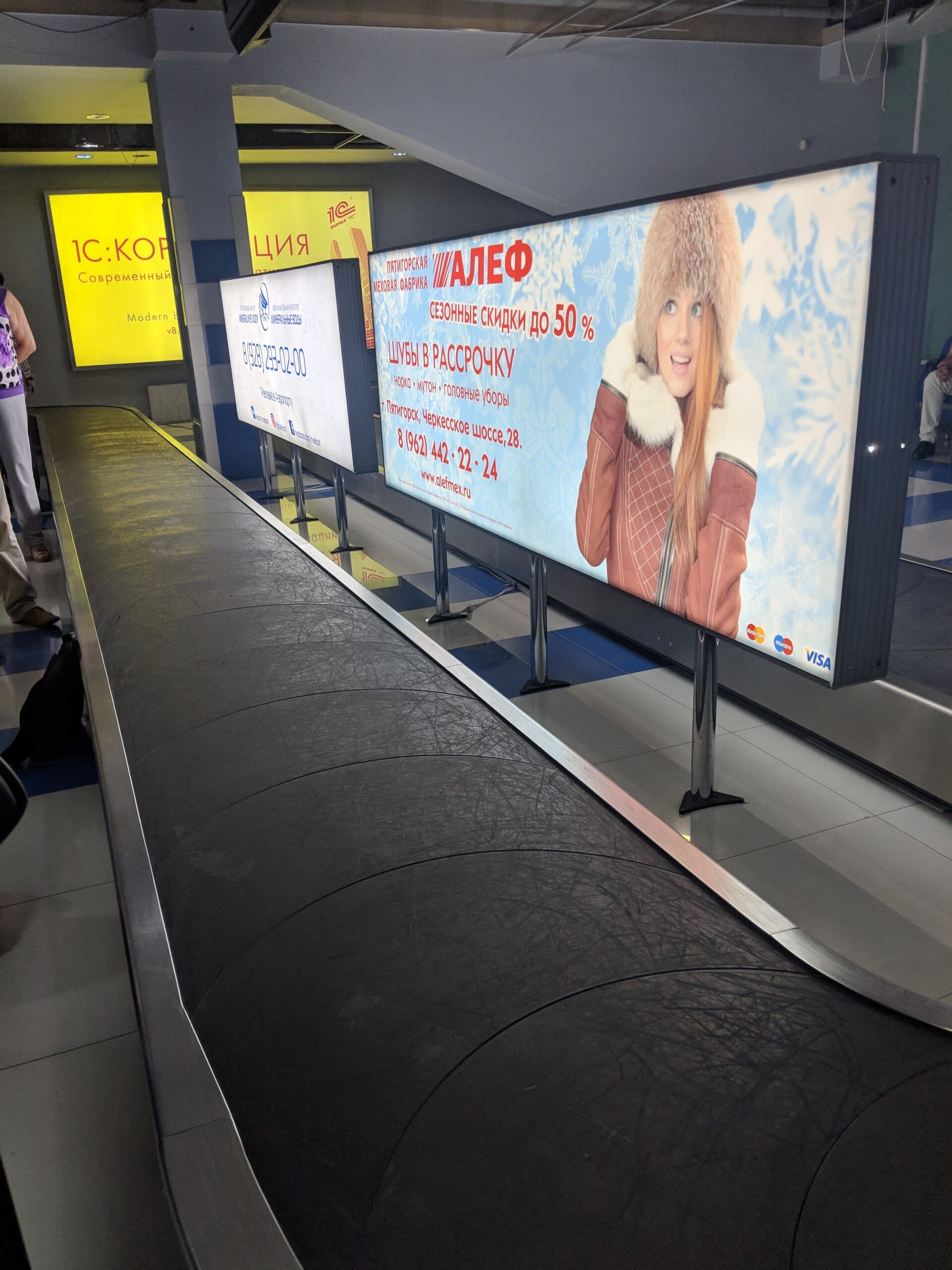
I met with my guide, Ksenia, the morning after my arrival. I admit that I was a bit skeptical at first: A petite woman, with blonde hair dyed pink…not the image I would typically have in mind for a treacherous journey up snowy Mt Elbrus! What if something serious happens and she needs to carry me?? But of course that was just a knee-jerk reaction reflecting old prejudices from my childhood when we used to think that men are stronger than women! That faded away immediately and we hit it off right away! I was pumped to be doing this climb with Ksenia, a true bad-ass lady! Just imagine: She was on Lenin Peak one month prior (that’s 7134m or 23,406 ft), went to climb Mont Blanc for fun, and then returned to climb with me.
Before I get into the details of our climb, let’s talk about prep!
Preparation is paramount. I’m talking physical equipment, as well as mental and physical training. You don’t climb one of the Seven Summits with flip-flops, a mini backpack and no training – that’s a surefire recipe for disaster! And even with all the training you are never assured to reach the top.
Personally, I train all year long for mountaineering. As you know, in March I did some winter training, and 2 months ago I climbed the East Face of Mt. Whitney. But that’s not enough: to all of this, I added outdoor training and gym training – mainly plans from Scott Johnston from Uphill Athlete, which is specifically designed for climbers and alpinists. I followed about 60 to 70% of the plan (only because my crazy schedule did not allow for 100%), to which I added my LeBodyChallenge training, as well as sessions from various fitness programs which I am constantly working on.
Equipment-wise, I combined several equipment lists I found online, until I had exactly what I needed. You can view my full equipment list here! I went through the entire list with my equipment in hand at least 3 to 4 times. I also tested each item several times, even 2 days before leaving to be sure that everything was working and intact. My first aid kit took quite a bit of prep too. While you can’t quite cover the needs for every possible emergency scenario, there is quite a bit you can prepare for!
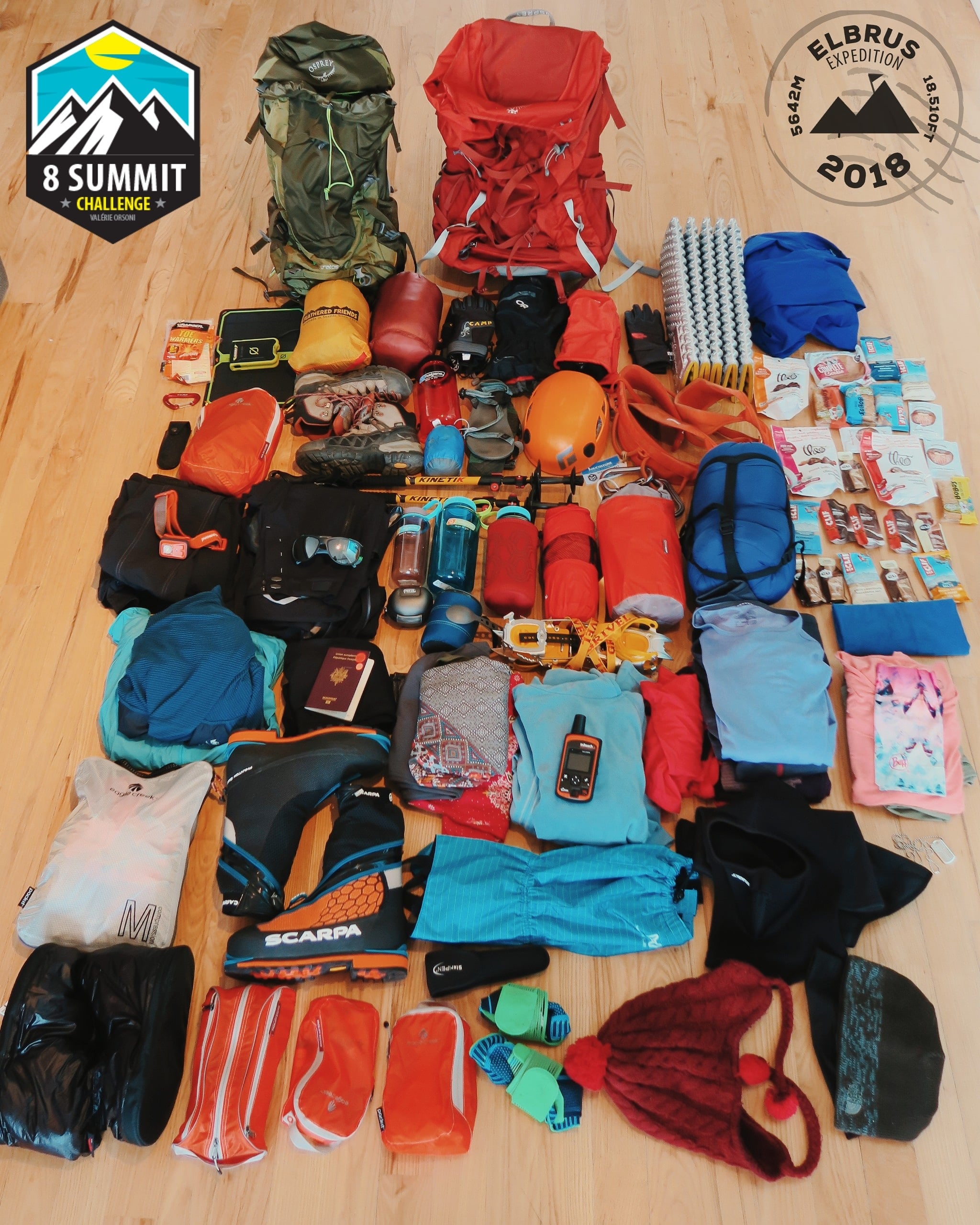
My guide, Ksenia, was really impressed with my equipment prep, experience and training which was a really nice validation for all my hard work! As you can see, preparation is a serious part of mountaineering. Hey, you can improvise going to the beach, but there’s no improvising when you’re heading up a mountain!
And now…for the climb!
We drove with Ksenia from Kislovodsk to base camp at 2500m: amazing landscapes, as Caucasus is a beautiful mountainous region. I truly wanted to stop at each and every turn to take photos. The last stretch, crossing through a wild river, requiring some cool driving skills, set the tone: this is not a trip to the shopping mall.
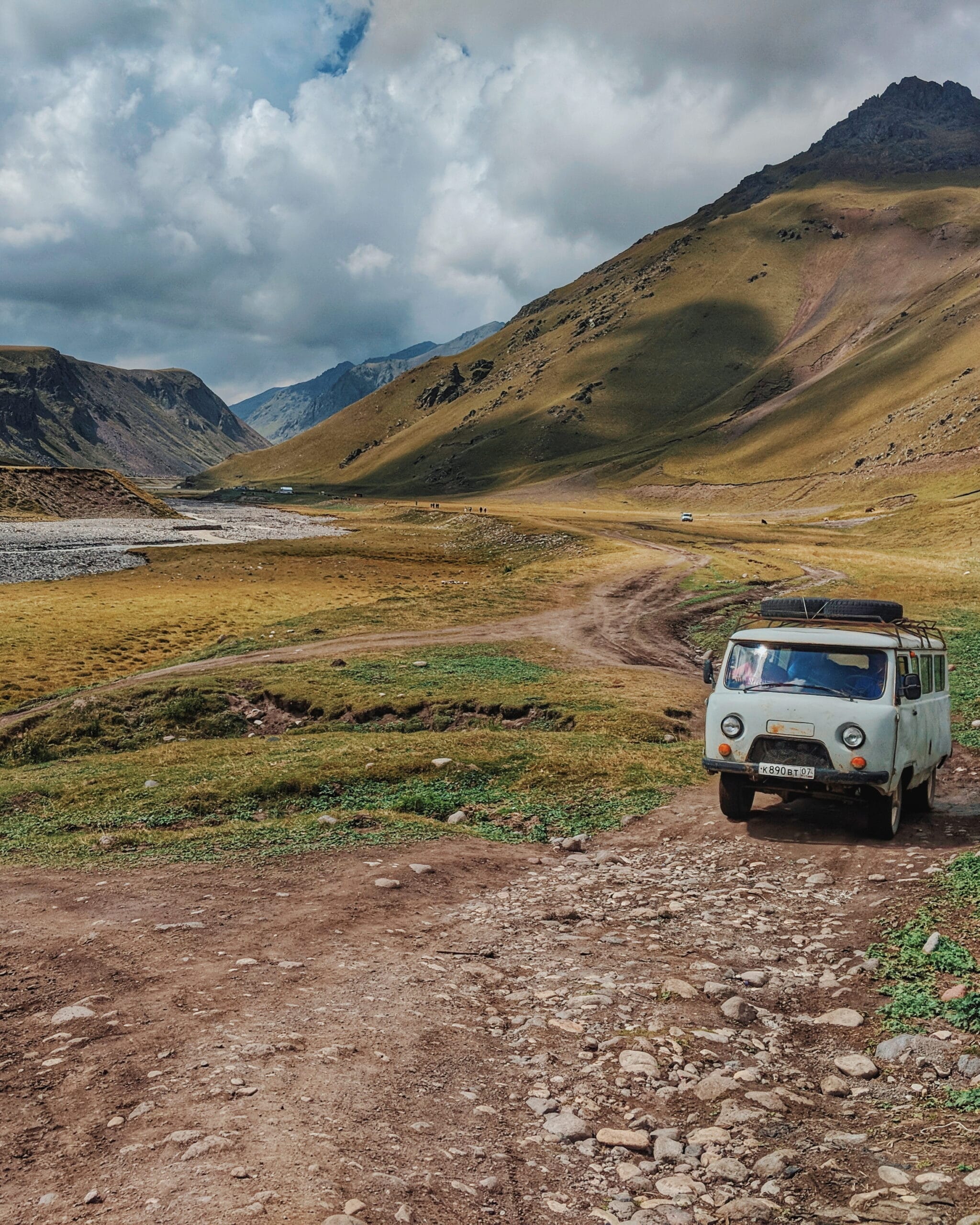
Arriving at Base Camp is like coming home for me. My heart beats faster, my breath gets shorter, my adrenaline and endorphins shoot up. I am happy, elated, swimming in happiness. I don’t know what will happen in the coming days but I feel super good.
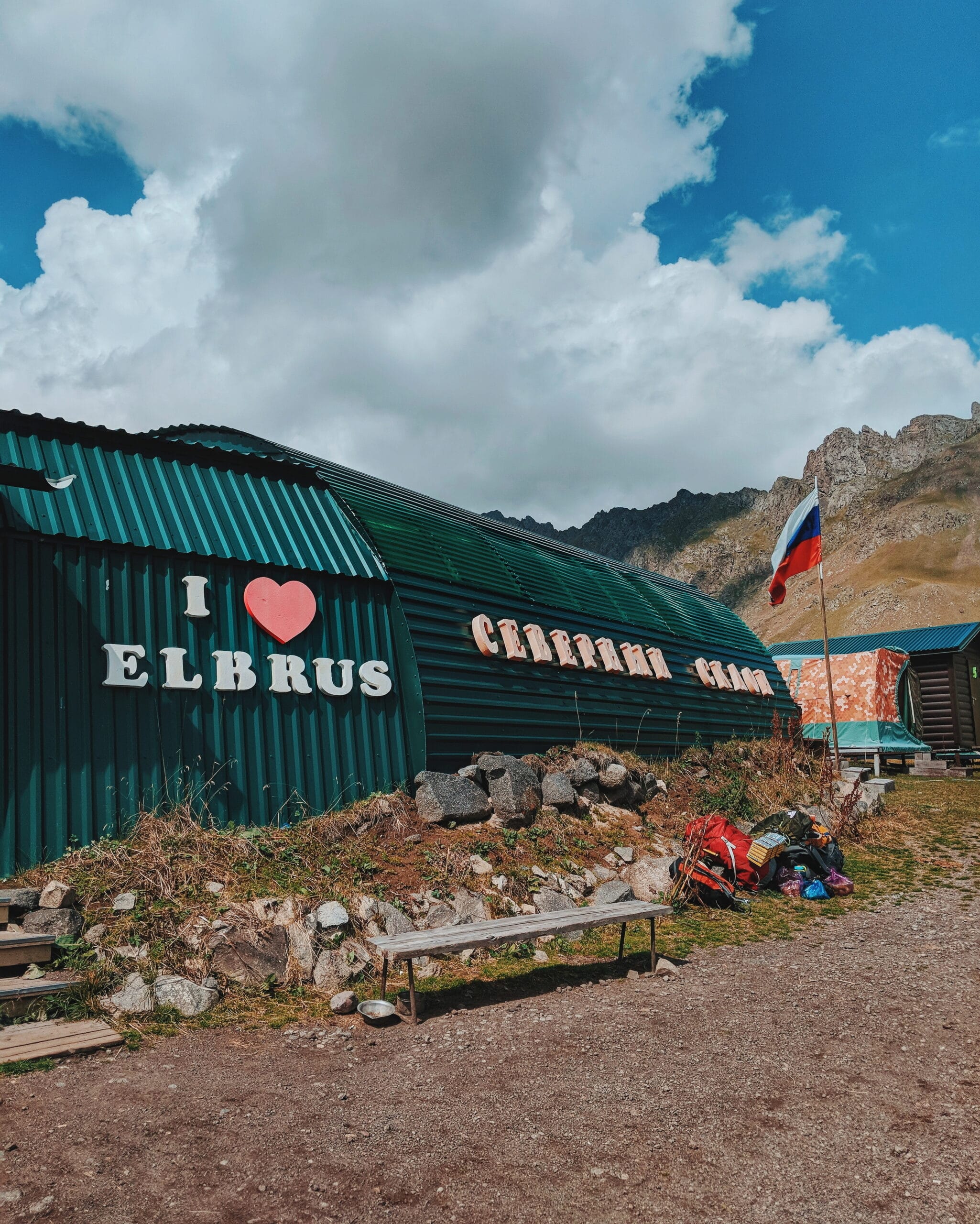
After a quick snack we set up for our first acclimatization walk – or stroll, should I say. Only 2 to 3 hours at 2500m, nothing massive. Except I am 11 hours jet lagged and have not slept more than 4 hours in 2 days, so this short trail is on the tiring side. Interesting: I discover I forgot to put the soles in my hiking boots. I am walking on the bare frame and….no blisters, no pain, nada!
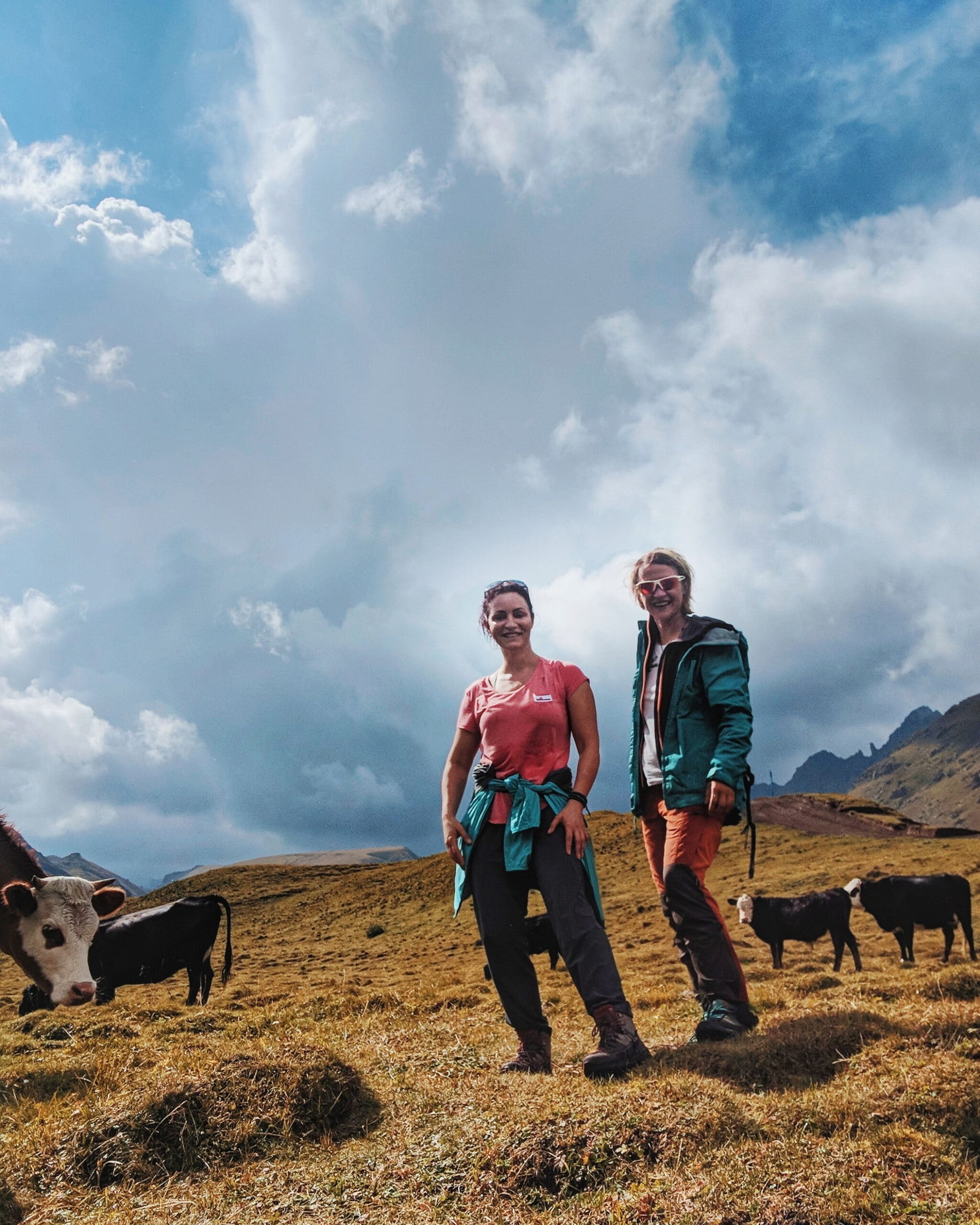
The following day we embark on our true acclimatization hike up to High Camp to which I carry my mountain double boots to lighten up the load for the following day. A few hours for uphill hike, slowly feeling the oxygen levels drop, breathtaking landscape, amazing views. I am in heaven! To complete our acclimatization we stay for 2 hours at High Camp, unpack what we brought, then proceed to hike down to Base Camp. I am feeling in a fantastic shape. Seems my hard training is paying off. Thank you to Stephanie, my gym buddy, who has joined me countless times at the gym in a show of support.
After a great local dinner with…buckwheat, we are off to bed! These guys love their buckwheat so maybe my literary agent should talk to a Russian publisher ;).
The following day we repack to lighten up the load and leave the absolutely non necessary stuff at Base Camp: extra pairs of shoes, rain pants, extra clothes, etc.
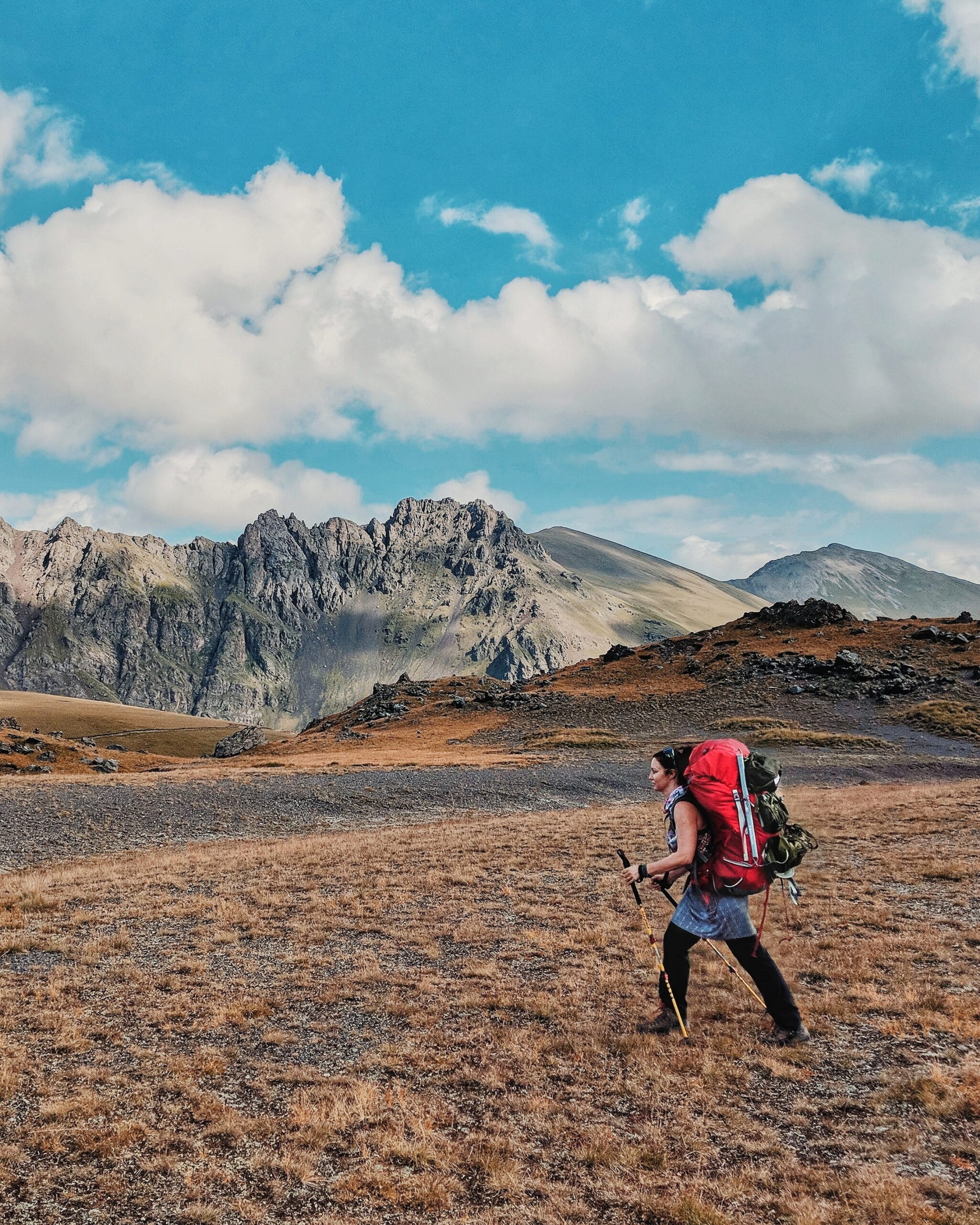
I have decided to take neither Diamox® (a drug used to avoid high altitude sickness syndrome) nor porter. I will carry my load up the mountain myself. Yup. We start our journey up to High Camp again but at a slightly slower pace due to the 19kg on my back.
When Ksenia informs me of the existence of labyrinths somewhere on the way – manmade to help meditate and connect with the mountain – I cannot resist. We add 1.5 hours to our trail and some great experience!
Just after this meditative hiatus, we come across a local Russian guy, in his tent, who is back from a failed summiting attempt. His nose is nicely burned, but his smile is super big. He shares his food with us, namely army rations. Guess what? I love it!
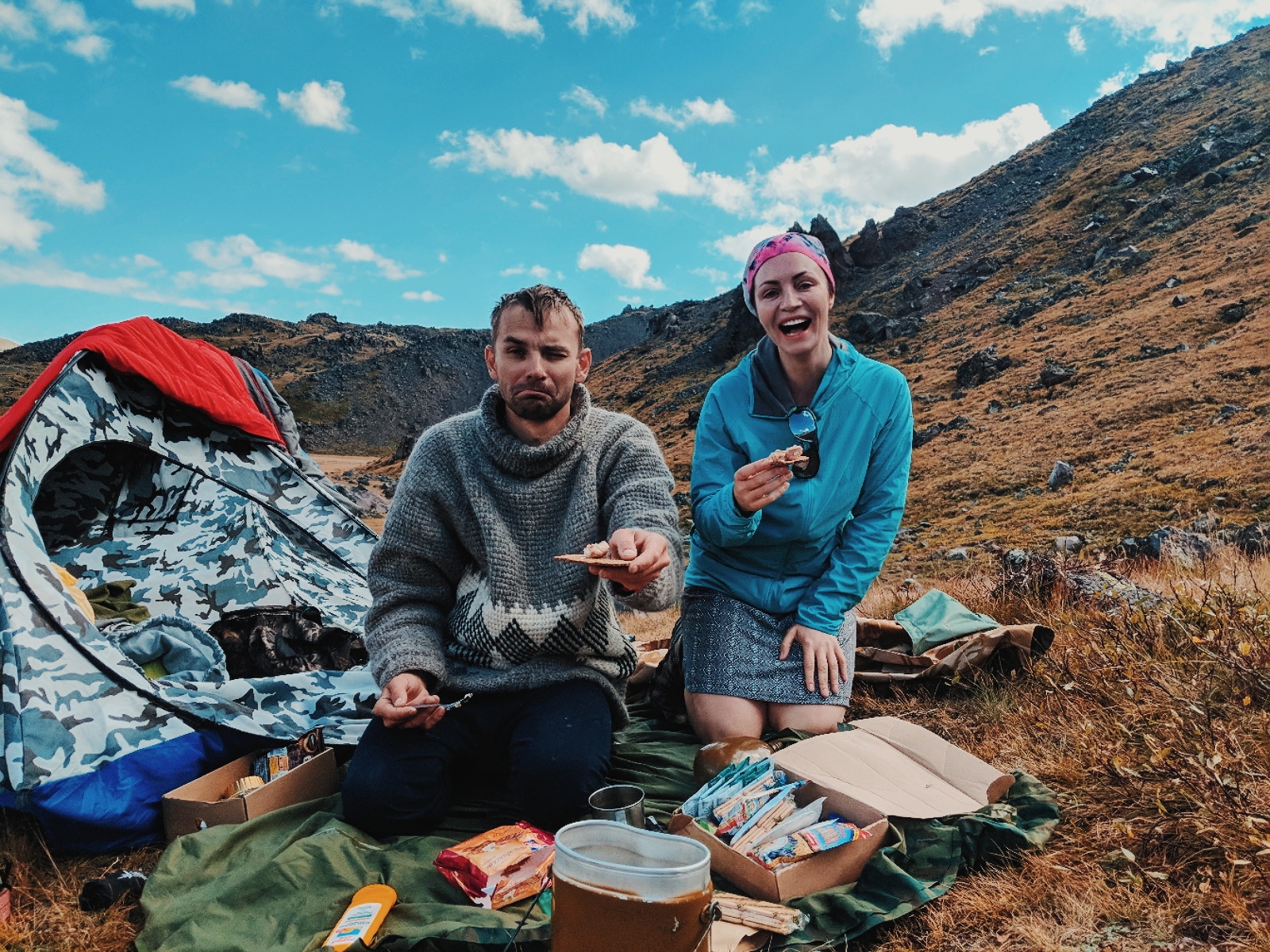
At High Camp and after a quick lunch, and then dinner, we are off to bed (don’t think of showering here – there is no such thing!). Tomorrow will be the big acclimatization day.
And one of the big challenges began then and there…I got terrible blisters! You see, a few weeks before departure, my new Scarpa Phantom 6000 boots had arrived defective (the zipper was broken on the brand new $850 shoes!). So of course I returned them, but by the time I got the new ones, it was just 3 days before I was leaving, which meant hardly any time to break them in. It would not usually be a problem, as these shoes feel like big slippers but…here’s what happened.
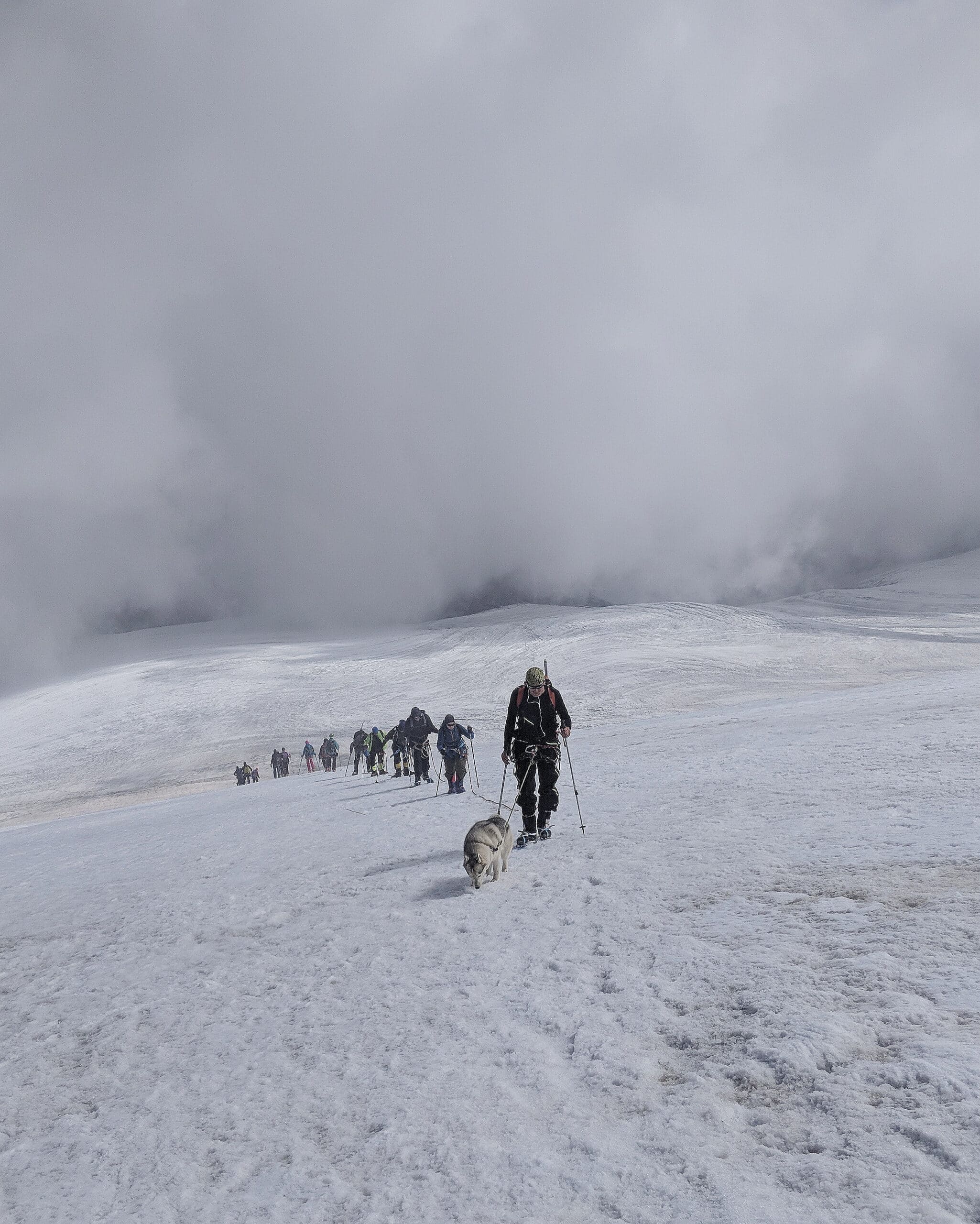
I embarked on the acclimatization climb in super great shape. In the middle, I started feeling pain on my heels. I dismissed it as some small inflammation, and continued climbing for about 3 hours (from 3800m to 4500m), but at that point, every step was actually excruciating…and when I got back I realized I had HUGE blisters, one of them bleeding, on my feet! I mean huge, like as big as a 25 cent coin!
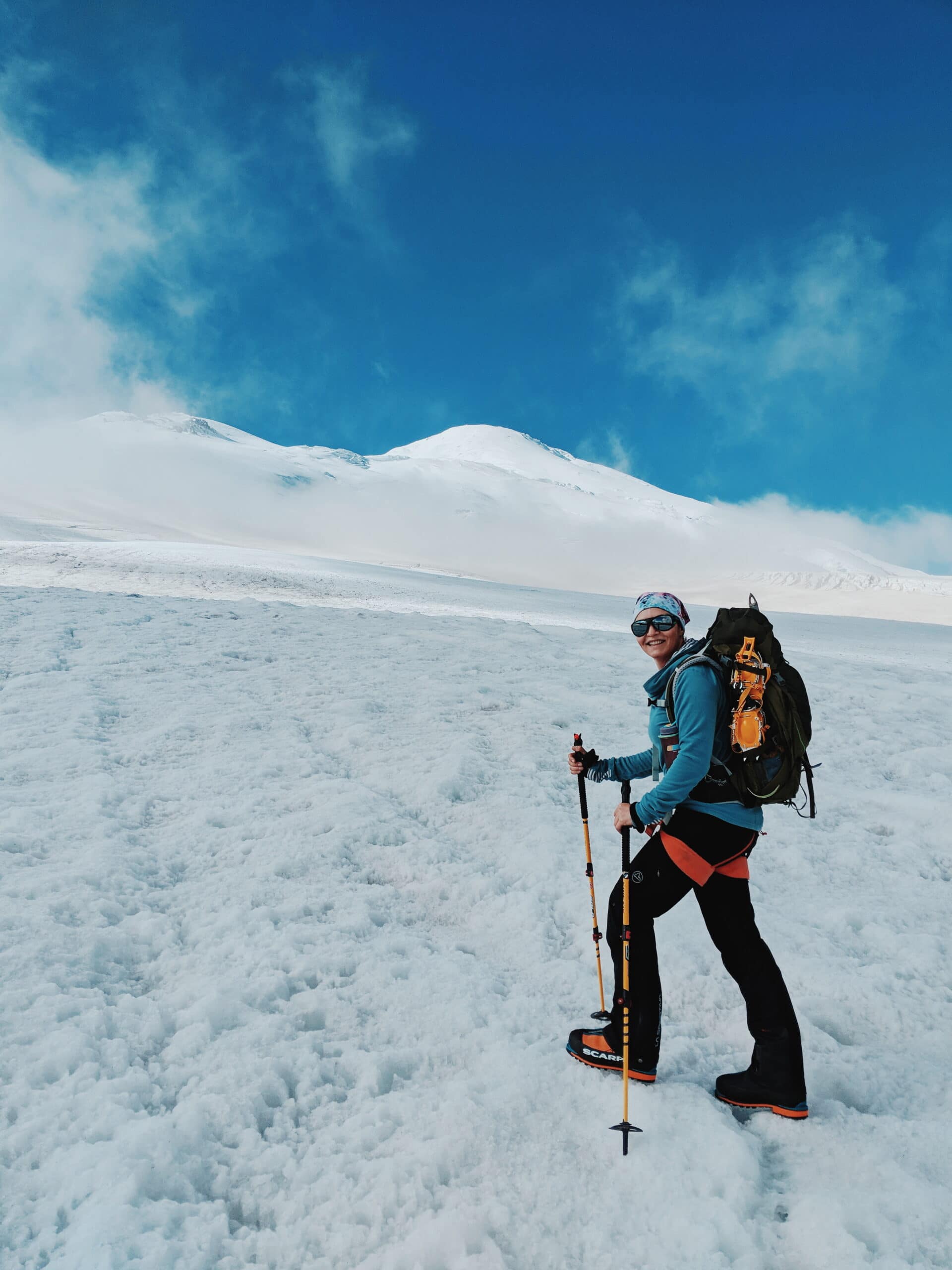
We had one rest day after that (though honestly, we were too excited to sleep 😉, then woke up at 12:45am, and by 2am we were en route again. Since my blisters were so painful, I had to find ways to patch them up. I found out at the end, that putting Compeed plasters – like second skin – directly on the open blisters (and then taping it all up to stay on well) was not the wisest move! It was pretty cold, and every step was super painful!
After 2 hours ascending in the dark with our headlamps towards the first milestone, we met a guy descending who was having hallucinations – yes, it’s one of the symptoms of altitude sickness! We continue on, and see a group of 4 or 5 who are descending as well – simply too sick to summit. As you can imagine, seeing all of this is not great for morale…or it can actually be the very boost you need, as you continue to climb while others turn back! We finally reach our first milestone where we’re met with a blinding swirling snow lifting storm, but despite the cold and wind, I was still in great shape and eager to continue. At about 5000m, we met a team whose path we kept crossing…and lo and behold, 3 of their members are turning back (1 with altitude sickness, 2 escorting)! And then, 200m later, we meet a guide who says the winds are up at 50km per hour and it’s simply too dangerous to continue. In spite of all of the above, I chatted with my guide Ksenia, and since I was at the top of my morale with absolutely no altitude sickness symptoms, we decided to advance. Keep in mind that it takes us about 1 hour to make 200m of elevation gain – this is the pace considering the conditions!
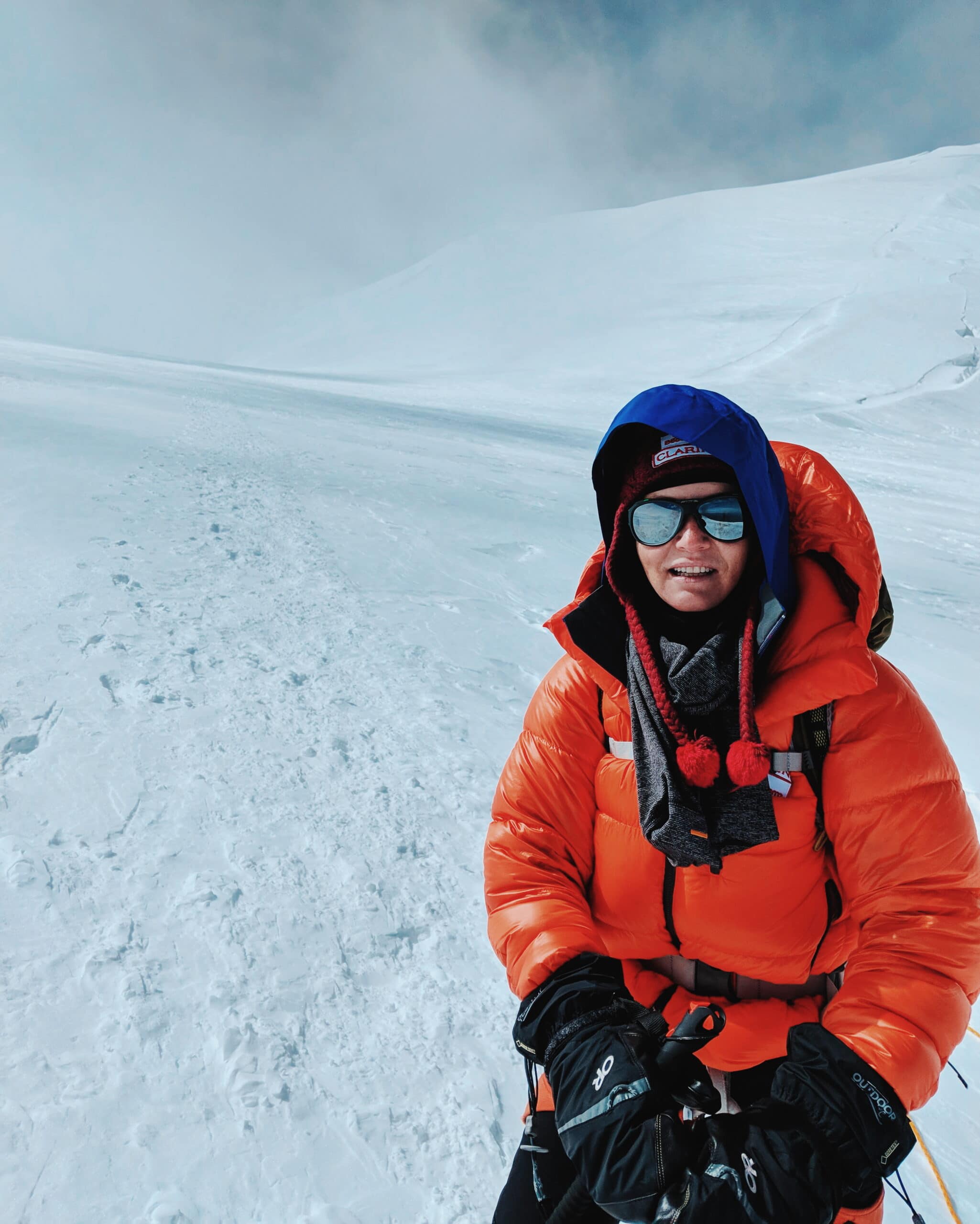
After 1 hour, we see people descending without having even reached the summit! The winds have picked up. It will be close to impossible to safely use the fixed ropes. Get this: we are at 5416m and the summit is at 5642m. As close as we are to the top, at this point I realize that whilst I would love to arrive at the peak of Elbrus, in the end, I truly came here for the journey, not the summit. And if under these conditions summiting means risking my life or my limbs, then I will make the brave and wise decision to turn back. I must say that this was truly a moment I am proud of: it took a lot of humility and inner strength to not let my ego influence this choice. My guide, Ksenia was a great support and a great coach in that moment as she kept on saying “I am proud of you!”.
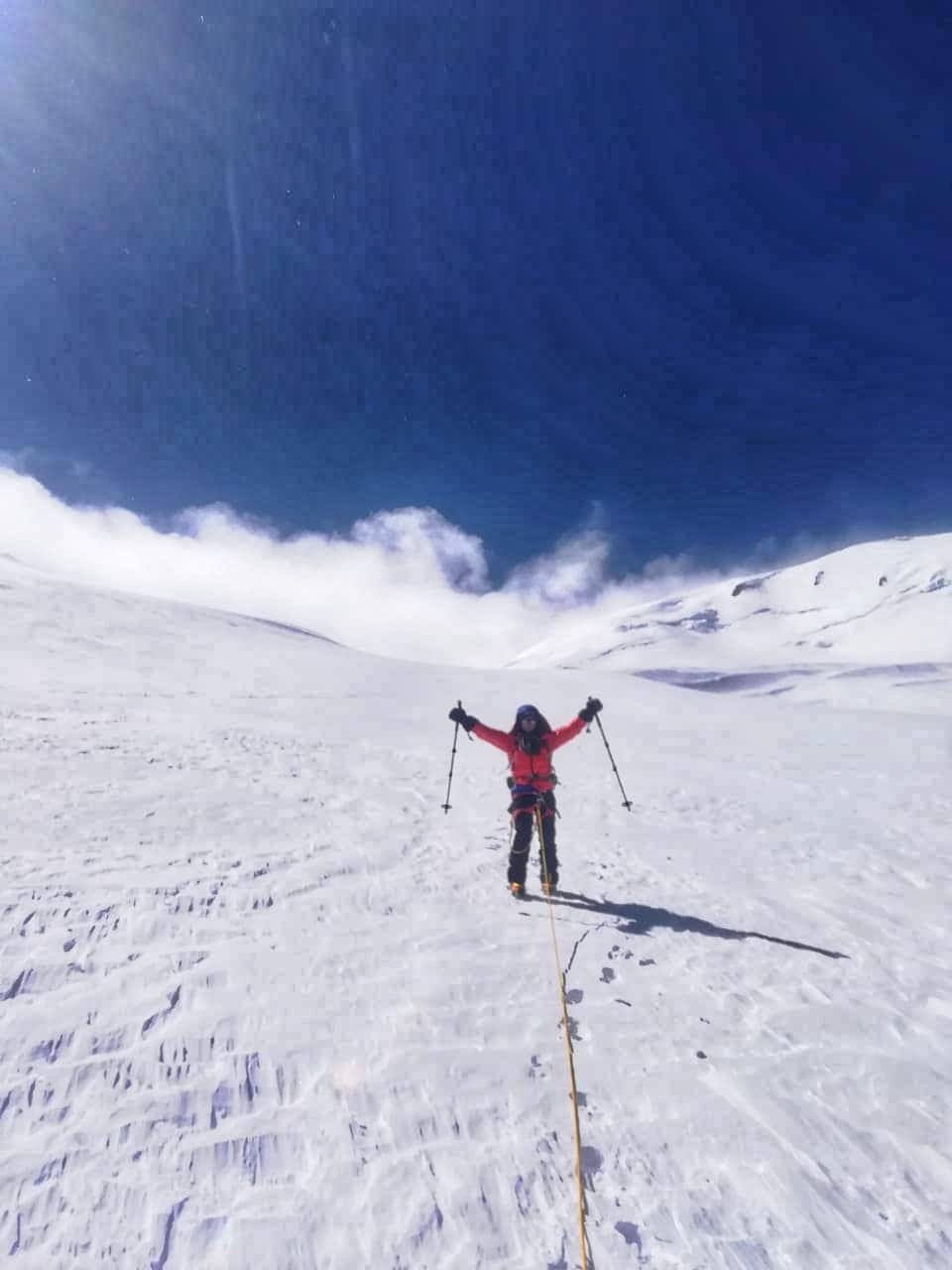
We finally emerge from the crazy winds, at 4500m and enjoy a clear blue sky, beautiful vistas and strangely enough, tons of energy!
We descended to high camp at 3800m. It took me 30 mins until I removed my shoes as I was honestly scared about what I would find! And scary it was: as I removed my homemade bandaging, a whole lot of skin and tissue came off with it – super painful!!! My condition was way past the blister stage, but unfortunately we had nothing to heal my wounds with, and I had to sleep in this state. The next day, I went on a little search for some first aid options…believe it or not, I decided to use a sanitary pad, which I cut up to protect my feet. It worked pretty well!
We descended to 2500m, and then drove back through the majestic Caucasus Mountains to Kislovodsk.
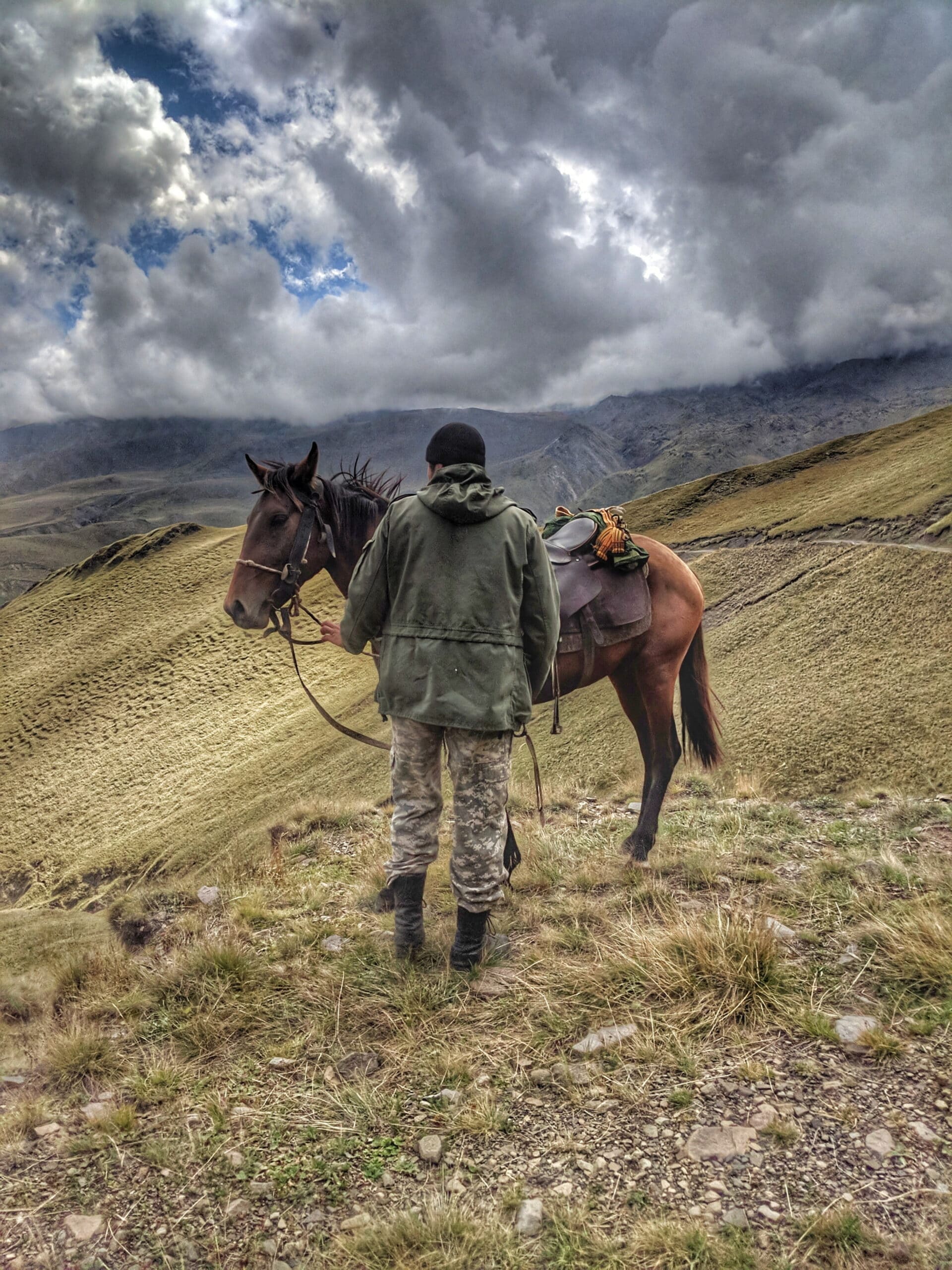
I spent my last two days in this little city with super Ksenia, enjoying the town and especially its local market, which was fabulous! I tasted the wildest assortment of fresh berries (some of which I didn’t even know were edible!), amazing cheeses, and local delicacies.
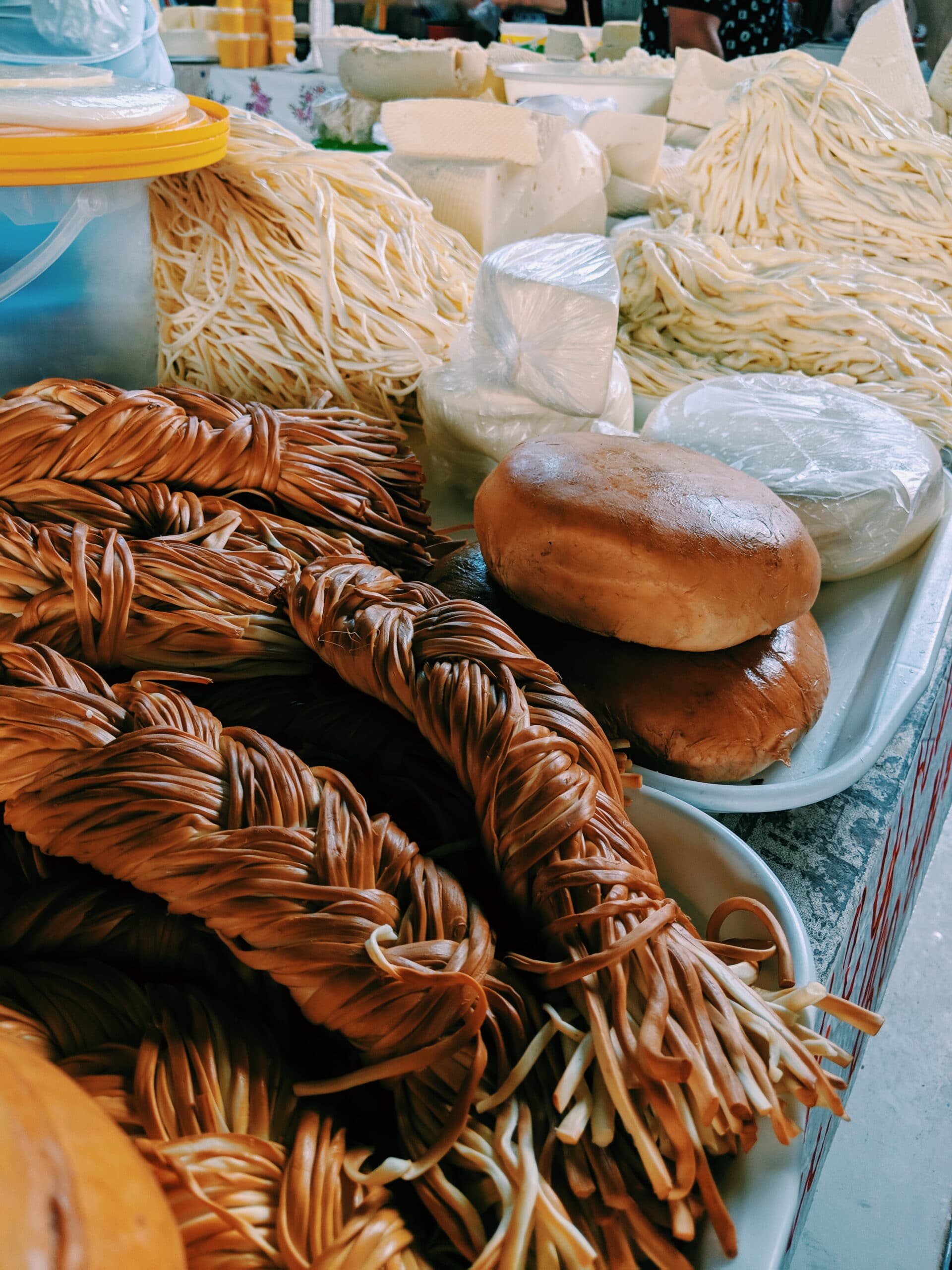
And on my last day, my guide, Ksenia, took me to some lovely thermal baths. These baths are super high in minerals, and it was a healing way to top off this memorable trip.
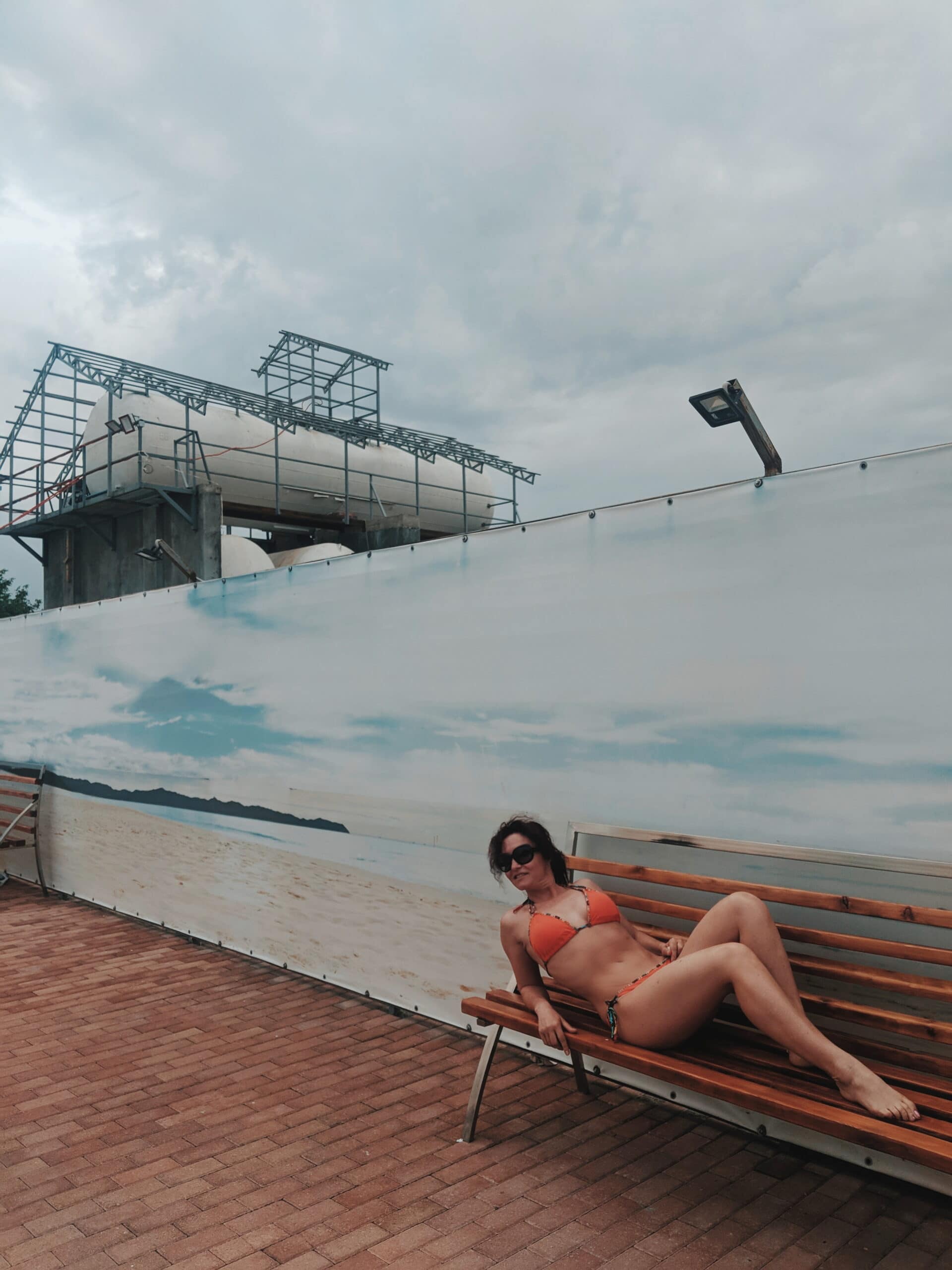
A little last shopping, and then dinner at a great restaurant aptly named “5642” (for the Elbrus elevation ;)!
Speaking of my guide, this post would not be complete without a paragraph dedicated to Ksenia! I have experiences with many different guides in a variety of countries, and I can say, unequivocally, that Ksenia is the best I have had to date. I suppose you can classify mountaineering guides into the following categories: Guides who are extremely professional, but not great at interacting with their clients; guides who are great with their clients, but lacking in mountaineering professionalism; and then the type of guide who’s both a combination of professionalism and great communication. But I’m going to put Ksenia in a category of her own: the type of guide who truly knows her job and has summitted many peaks around the world; who is amazing at communicating with her clients; and last but not least, a guide with whom you become a lifelong friend!
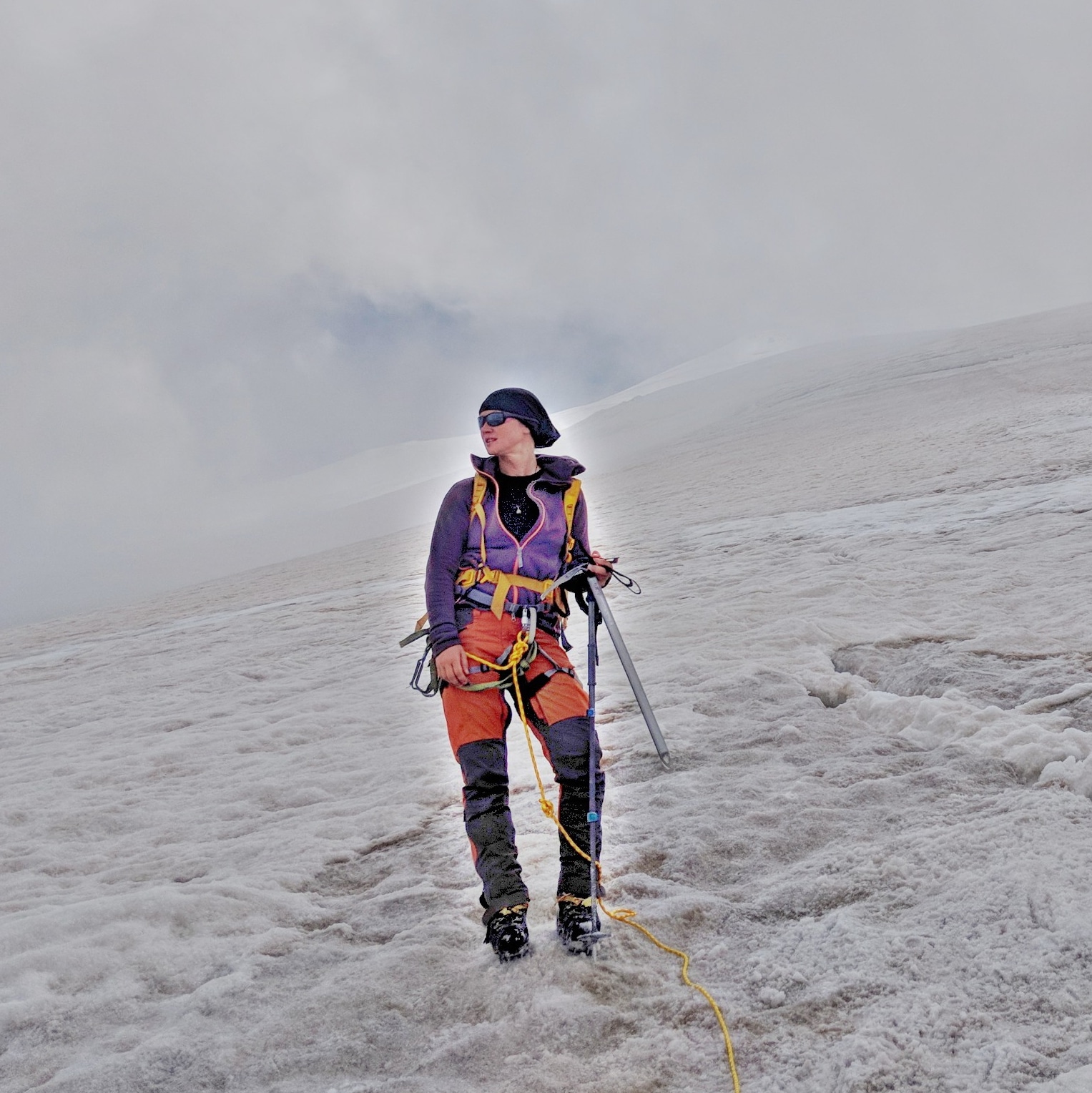

Before letting you go, a special mention for my beloved ball of fur, namely Holly, a beautiful husky who can climb all the way to the top of Elbrus and who lets you warm your hands in her fur when you are freezing. Thank you Andreï for letting us play with your “girlfriend” 🙂
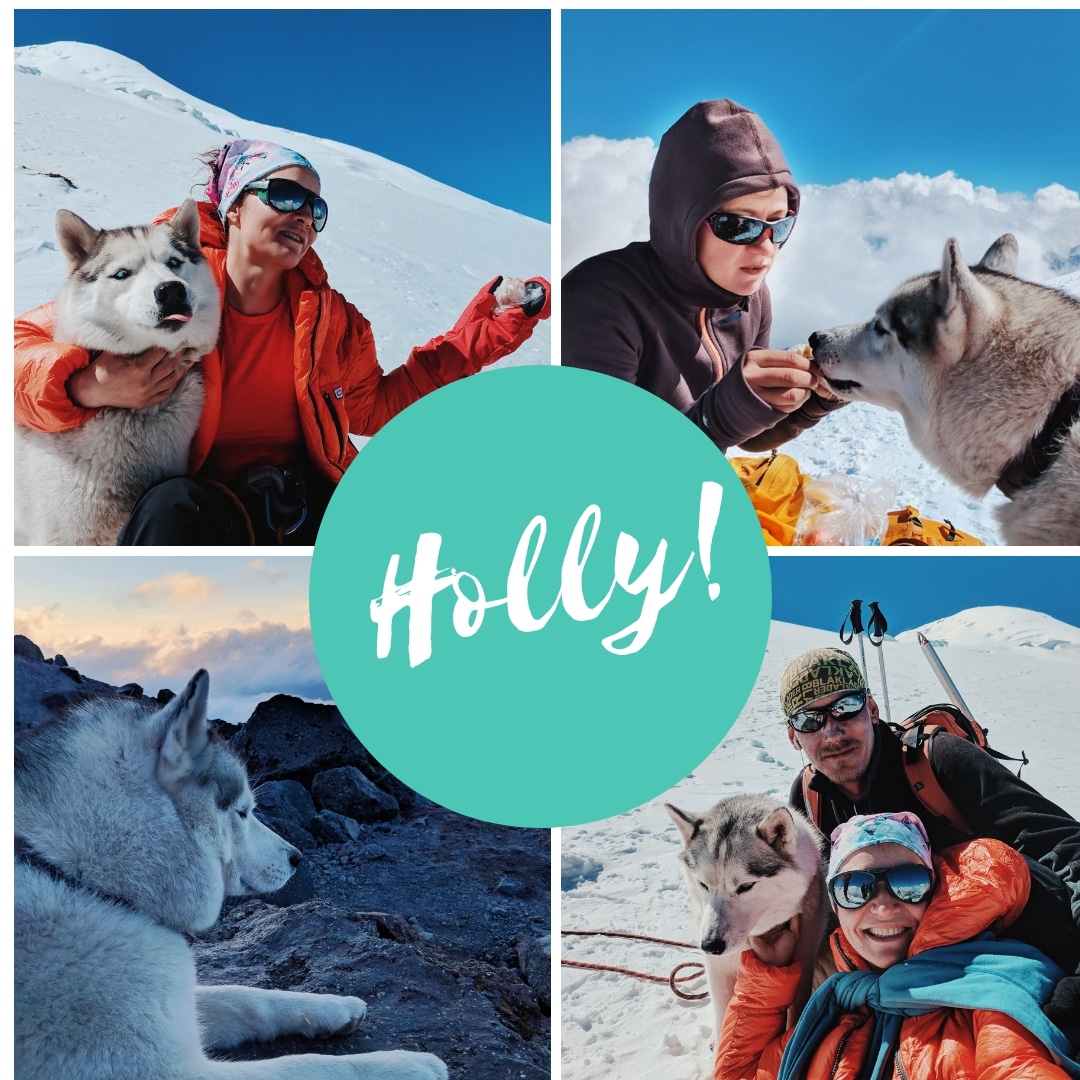
Well, you know me: I may be back from Mt Elbrus, but that only means I’m getting ready for my next peak…stay tuned for Mt Aconcagua in February 2019 as I have some cool news for you on that front!
More soon,
Valerie Orsoni
Your LeBootCamp Coach
Tags: 7 summits 8 summits challenge climbing Elbrus fitness health lebootcamp motivation Mount Elbrus mountain mountain climbing mountaineering Mt Elbrus Russia Valerie Orsoni





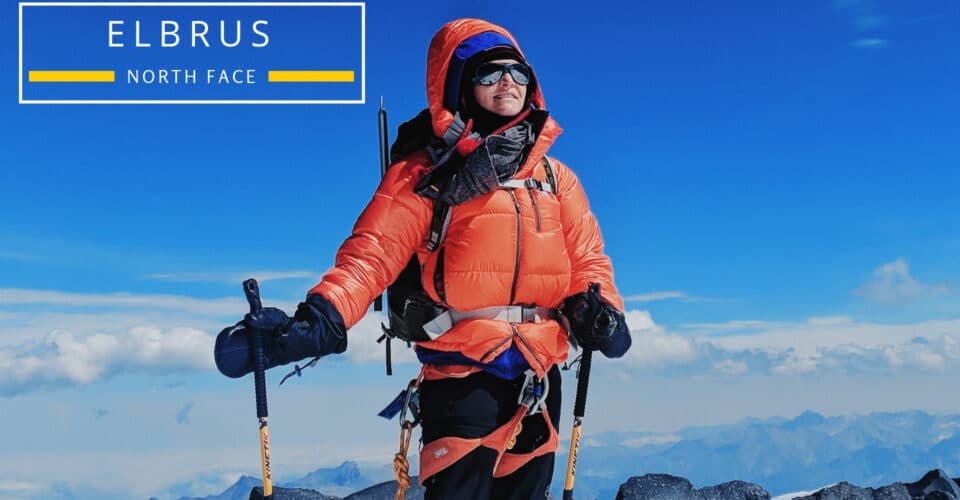

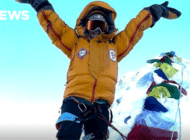



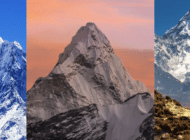


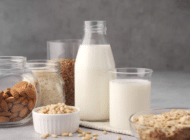
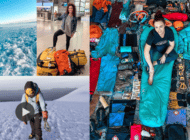


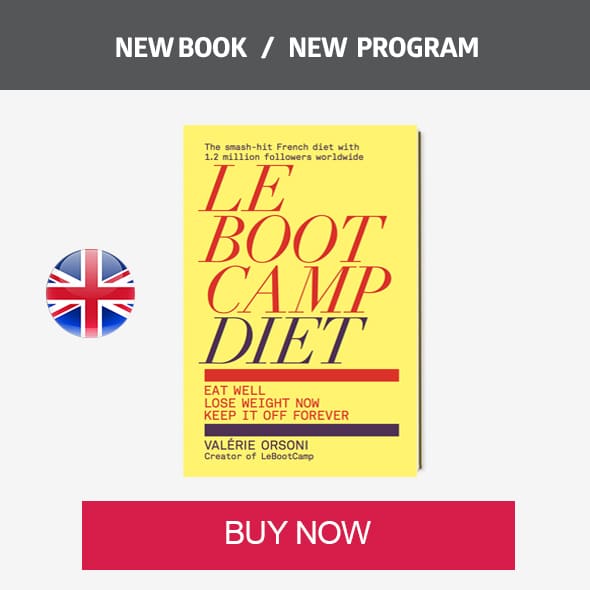


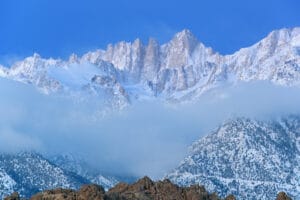

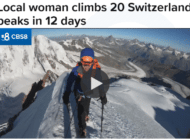

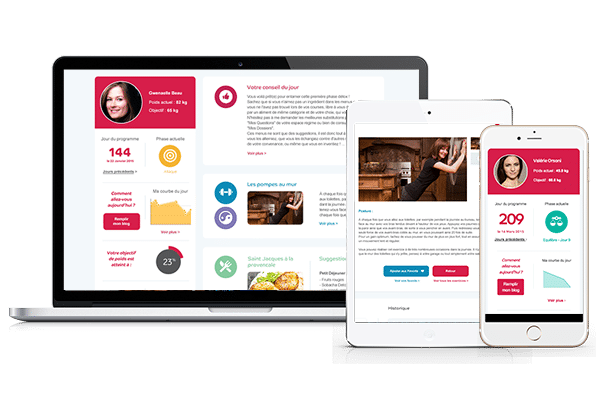
Leave a Reply